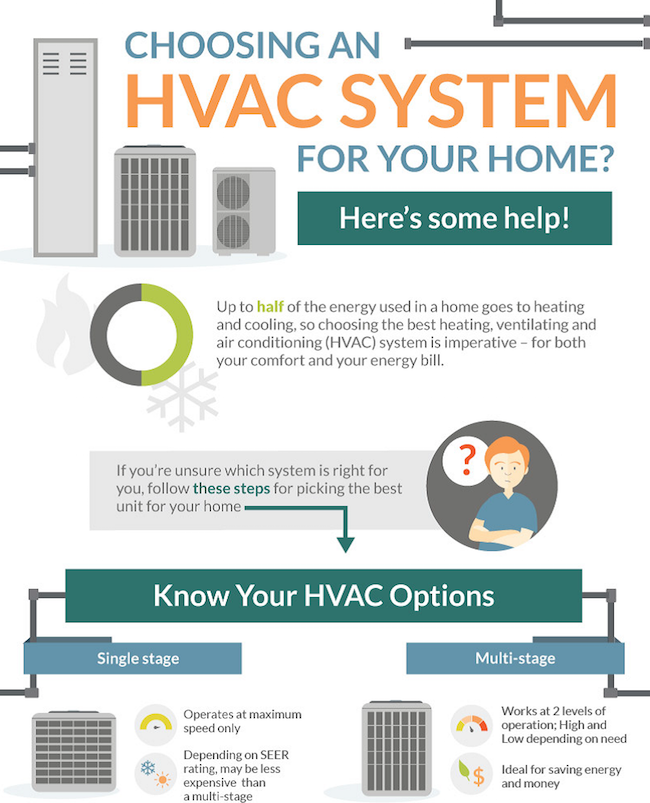Crucial Actions For Equipping Your Home For Heatpump Installment
Crucial Actions For Equipping Your Home For Heatpump Installment
Blog Article
Author-Guldbrandsen Boisen
Before the heatpump installment starts, you require to guarantee your home is ready for the process. Clearing up the location, examining the electric setup, and making sure proper air flow are critical actions to take. By adhering to these first preparations, you set the stage for an effective setup. However what regarding the finer information that can make a considerable distinction in the effectiveness and long life of your heat pump system? Allow's discover the subtleties that can raise your home's preparedness for this crucial upgrade.
Clearing the Installment Location
Before the heatpump installation can begin, it's critical to clear the designated location completely. Beginning by removing any type of debris, clutter, or obstacles that may restrain the installation procedure. This consists of furniture, decorations, and any other items that can hinder. See to it the path to the installation website is clear for the installers to relocate tools and products easily.
Next off, make certain that the area around the assigned installation spot is clean and free of any type of dirt, dirt, or various other products that can impact the heat pump's performance. Move or vacuum cleaner the location to develop a clean work area for the installment group.
Additionally, consider supplying simple access to the installation area by clearing a course from the entry of your home to the installation spot.
Assessing Electric System
Analyzing the electric system is an essential step prior to proceeding with the heat pump installment. Begin by checking if your home's electrical panel can sustain the extra tons a heatpump will certainly require. Ensure there suffice readily available circuits to fit the heatpump which they satisfy the producer's requirements. It is very important to have a devoted circuit for the heat pump to prevent overloading and possible risks. If your electrical system requires upgrading, get in touch with an expert electrical contractor to make the essential modifications.
Inspect the circuitry in your home to ensure it's up to code and can manage the needs of the new heatpump. Watch out for any kind of frayed wires, loose links, or signs of wear that might posture a security threat. Confirm that have a peek at this web-site near the setup location are grounded and in good condition. If any concerns are detected, have them dealt with without delay by a qualified electrical expert.
Proper evaluation and upkeep of your electric system will certainly ensure a safe and effective heatpump setup process.
Ensuring Correct Air Flow
To make sure an effective heatpump setup, it is necessary to concentrate on proper air flow in your home. Appropriate air flow aids the heat pump run effectively and prevents air quality concerns.
Before installation, check that all vents and air ducts are clean and unblocked. Cleaning these areas guarantees that air can move easily, maximizing the performance of your brand-new heatpump system.
Furthermore, consider the positioning of the heatpump device itself. ducted heat pump installer christchurch must have enough space around it to allow for appropriate air movement. Correct air flow not only improves the heat pump's efficiency but also helps preserve a healthy and balanced interior atmosphere.
If needed, seek advice from an expert to analyze your home's air flow demands and make any type of essential adjustments. By making certain proper air flow, you're setting the stage for a seamless heatpump installation procedure and optimal efficiency of your new system.
Verdict
Now that you have gotten rid of the installation area, assessed the electric system, and made certain correct air flow, your home is ready for a smooth heat pump installation. By taking these actions, you have set the stage for a reliable and successful procedure. Click On this website in the advantages of a brand-new heat pump system in your home, recognizing that you have prepared your area for optimum efficiency.
